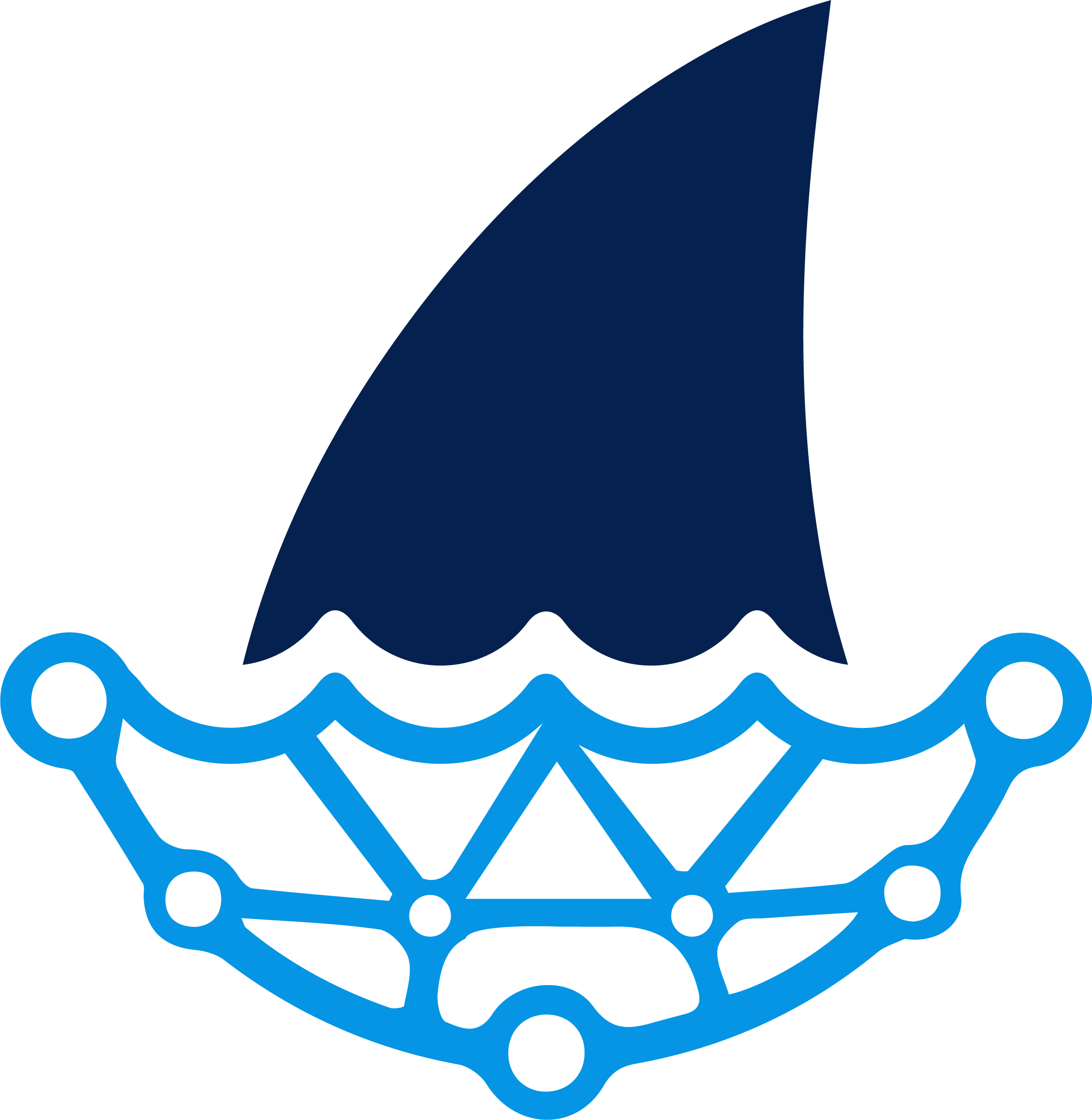Technologies and servers have come a long way since the inception of the internet. From the early days of dial-up connections to the modern era of cloud computing, the landscape of technology has undergone significant changes. In this blog post, we will explore the evolution of technologies and servers and how they have revolutionized the way we access and store information.
Back in the 1990s, the internet was a relatively new concept, and most people connected to it using dial-up connections. These connections were slow and unreliable, but they laid the foundation for what was to come. As technology advanced, so did the servers that powered the internet.
One of the significant milestones in server technology was the advent of dedicated servers. These servers were designed to handle the increasing demand for online services and provided a more stable and efficient platform for websites and applications. Dedicated servers paved the way for the development of more complex and interactive websites.
As the internet continued to grow, so did the need for faster and more powerful servers. This led to the emergence of virtual private servers (VPS). VPS allowed multiple virtual servers to run on a single physical server, making it more cost-effective and scalable. With VPS, businesses and individuals could host their websites and applications without the need for expensive hardware.
However, the real game-changer in server technology came with the introduction of cloud computing. Cloud servers revolutionized the way we think about hosting and managing servers. Instead of relying on physical servers, cloud computing uses a network of virtual servers that are accessed over the internet. This allows for greater flexibility, scalability, and cost-efficiency.
Cloud servers have become the backbone of many online services and have transformed industries such as e-commerce, media streaming, and software development. With cloud servers, businesses can easily scale their infrastructure based on demand, ensuring a seamless user experience.
Looking ahead, the future of technologies and servers is likely to be driven by advancements in artificial intelligence (AI) and the Internet of Things (IoT). AI-powered servers can analyze vast amounts of data in real-time, making it possible to develop more intelligent and efficient applications. IoT devices, such as smart home devices and wearables, will generate an enormous amount of data that will need to be processed and stored.
In conclusion, technologies and servers have come a long way, from slow dial-up connections to powerful cloud servers. The evolution of technologies and servers has transformed the way we access and store information, enabling businesses and individuals to create and deliver innovative online services. As we look to the future, advancements in AI and IoT will continue to drive the evolution of technologies and servers.
